High Fiber Foods Your gut needs help to move and remove the waste in your digestive system. That’s where fiber can help. You can get good sources of fiber from food you already eat. The dietary fiber you get from supplements, fruits, vegetables, legumes, and whole grains in your daily diet doesn’t just keep you regular. Some fiber, like psyllium, can also give you important health benefits.
What Is Fiber..?
Fiber is a blanket term that applies to any type of carbohydrate that your body can’t digest. The fact your body doesn’t use fiber for fuel doesn’t make it less valuable to your overall health.
Dietary fiber can offer the following benefits when you consume it:
#lower cholesterol. The digestive tract’s presence of fiber can lessen the body’s absorption of cholesterol. This is especially true if you use psyllium fiber supplements in addition to statins, which are drugs used to decrease cholesterol.
#encouraging healthy weight. Fruits and vegetables, which are high in fiber, typically have fewer calories. Additionally, fiber helps decrease stomach digestion to make you feel fuller for a longer period of time.
#giving the digestive system more mass. Add fiber to your diet if you experience constipation or a generally sluggish digestive system. Since fiber is not digested by your body, it naturally gives your digestive tract more size. The intestines are stimulated by this.
#encouraging management of blood sugar. High-fiber foods may take longer for your body to process. You can maintain more stable blood sugar levels thanks to this, which is especially beneficial for people with diabetes.
#lowering the risk of stomach cancer. Consuming adequate fiber may offer protection from certain cancers, such as colon cancer. Numerous factors contribute to this, including the possibility that some forms of fiber, such the pectin in apples, may possess antioxidant-like qualities.
Here are high fiber foods that are both healthy and satisfying.
(High fiber foods list)
(foods high in fiber)
(foods with fiber)
Beans

Lentils and other beans are an easy way to sneak fiber into your diet in soups, stews and salads. Some beans, like edamame (which is a steamed soybean), are even a great fiber-filled snack. There are 9 grams of fiber in a half-cup serving of shelled edamame. A bonus? All of these provide a source of plant protein, too. Some bakers have even started including beans or bean flour in their baked goods, which research suggests can still make quality cakes.
Broccoli
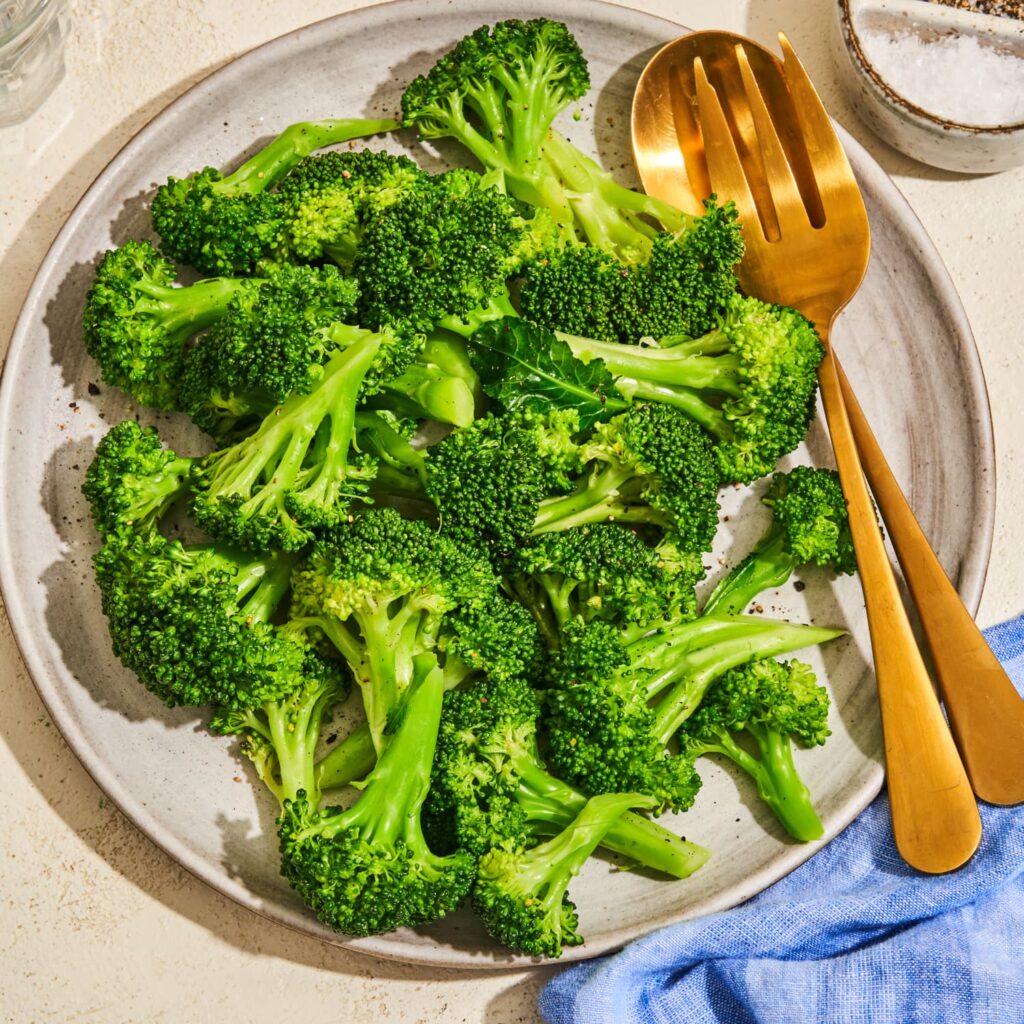
This veggie can get pigeonholed as the fiber vegetable. Its cruciferous nature—meaning it’s from the Brassica genus of plants along with cauliflower, cabbage and kale—makes it rich in many nutrients in addition to fiber. Studies have shown that broccoli’s 5 grams of fiber per cup can positively support the bacteria in the gut, which may help your gut stay healthy and balanced.
Berries
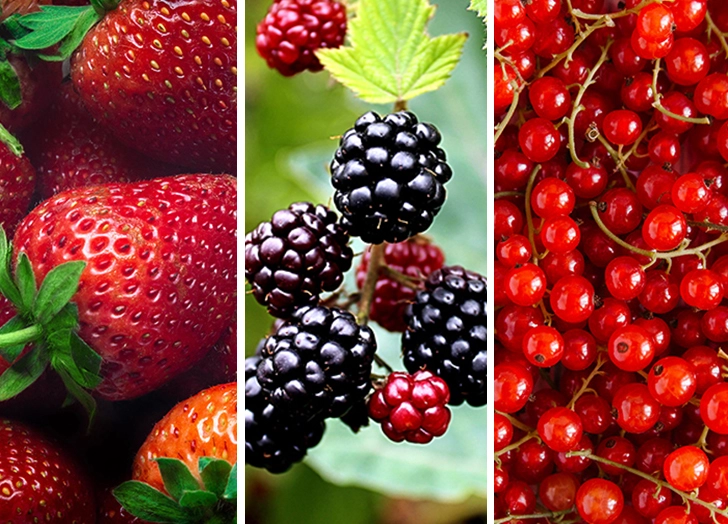
Although berries are well known for their antioxidant content, they also contain a lot of fiber. Nearly 4 grams of fiber may be found in just one cup of fresh blueberries, and almost as much can be found in one cup of frozen, unsweetened blueberries.7 Additionally excellent sources of fiber are raspberries, blackberries, and strawberries.8 Of fact, berries’ naturally low calorie content is also one of their most advantageous qualities.
Avocados
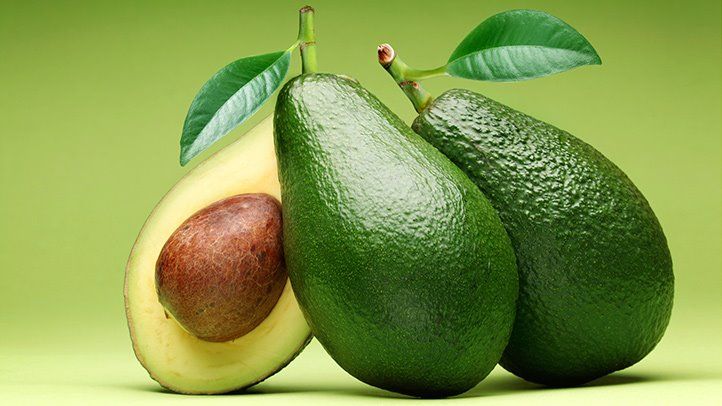
Avocados very much go with everything: toast, salads, main courses, and eggs. And while they’re frequently known for their substantial serving of good fats, one cup of avocado also has 10 grams of fiber. (so just imagine how much is in your guacamole)
Popcorn
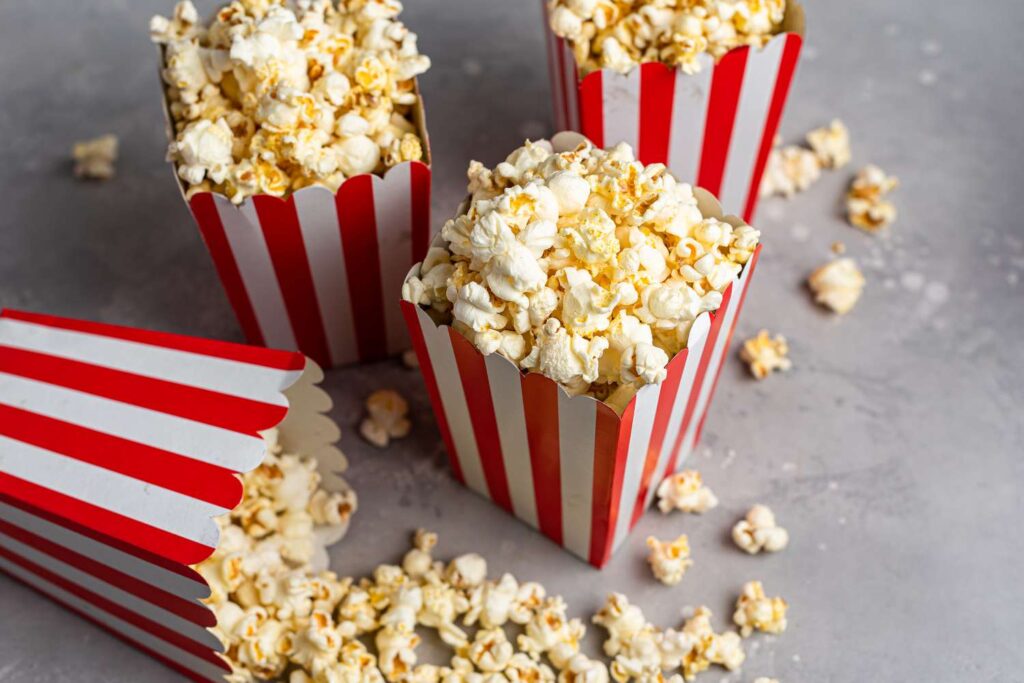
One gram of fiber can sate cravings with one cup of popcorn, which is a whole grain when consumed naturally and without butter, as it is at the movies. The King of Snack Foods is how some people refer to it.
Whole Grains
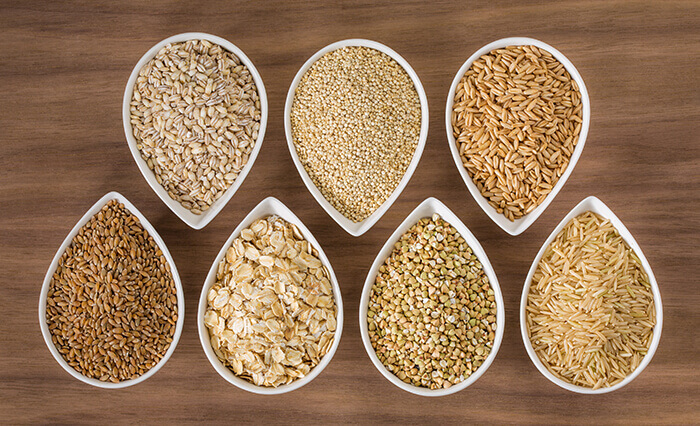
bread lovers have good news: Real whole grains, such as brown rice, oats, whole wheat pasta, and 100% whole wheat bread, contain fiber. One thing to watch out for: According to the Food and Drug Administration, for a food to be classified a legitimate whole grain, it must list whole grains as the first ingredient on the label.
Apples
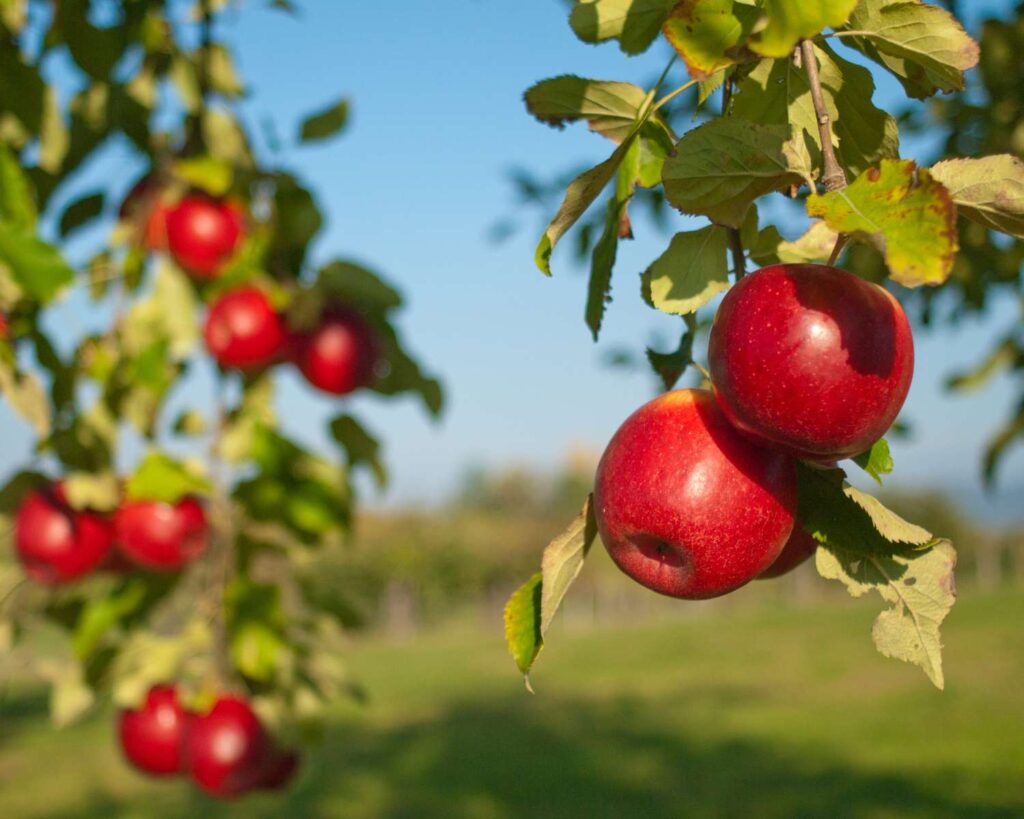
According to study, the proverb “an apple a day keeps the doctor away” may not always be accurate, although eating more apples can increase your intake of fiber. Depending on its size, one apple has approximately 4 grams of fiber. Of course, they also make for a tasty and crispy snack. High Fiber Foods
Dried Fruits
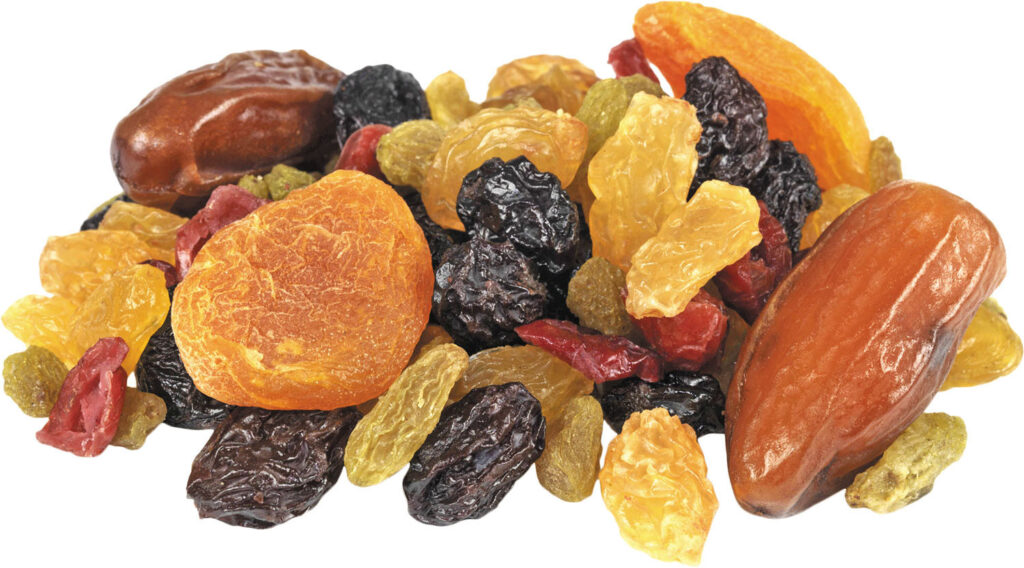
Figs, prunes, and dates are examples of dried fruits that can significantly increase your fiber intake and are advised for people who experience occasional constipation. These fruits naturally contain sorbitol, a sugar that may benefit your bowels and increase comfort. However, consuming too many can cause cramps or diarrhea, so try a small serving and wait until you’ve fully digested them before indulging in an excessive amount.
Potatoes
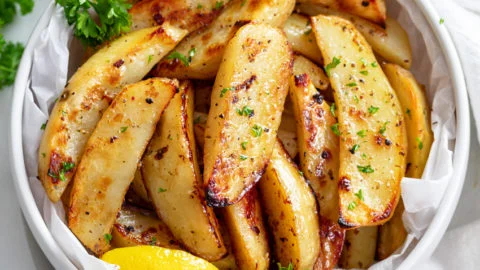
One small potato with skin can provide about 3 grams of fiber; other good sources of fiber include sweet potatoes, red potatoes, purple potatoes, and even plain old white potatoes. The vegetable has a terrible rep for hanging out with the wrong folks, including fries and chips, to name a couple. However, potatoes can offer a number of advantages when they aren’t deep-fried and salted.
Nuts
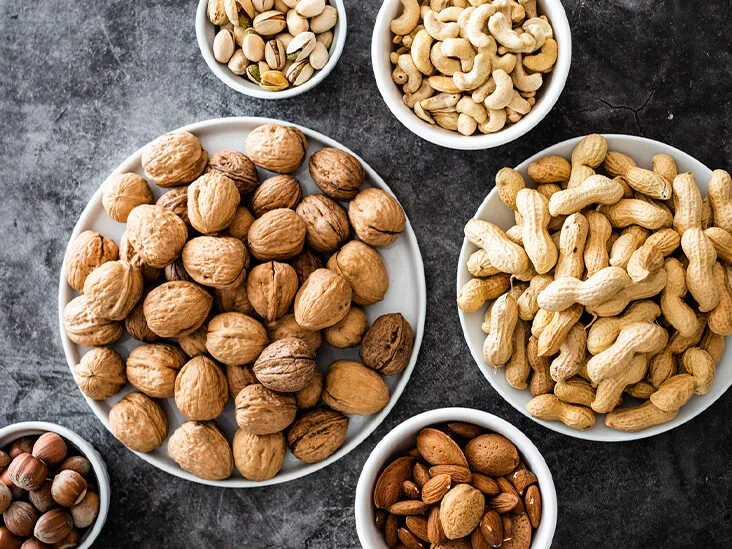
Sunflower seeds and almonds each provide more than 3 grams of fiber per serving, making nuts a fantastic source of fiber in addition to protein and healthy fats. They can assist you in consuming the 38 grams of fiber advised for males and the 25 grams recommended for women by the FDA. Nuts that are raw or dry-roasted are preferred to those that are already packed. (which are usually cooked in oils that can add extra, unnecessary calories.) Even nut butters have a significant amount of fiber. High Fiber Foods
Peanuts
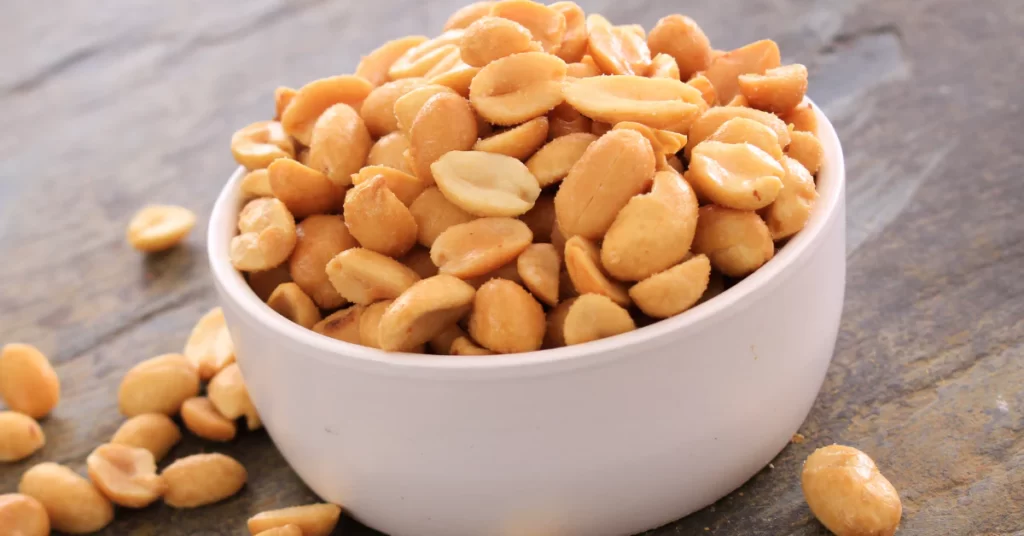
Your go-to PB&J is not just a favorite comfort food, it also provides a good amount of fiber, especially when you pair it with whole grain bread. It takes about 1 cup of roasted, unsalted peanuts to reach 28 grams. High Fiber Foods
Walnuts
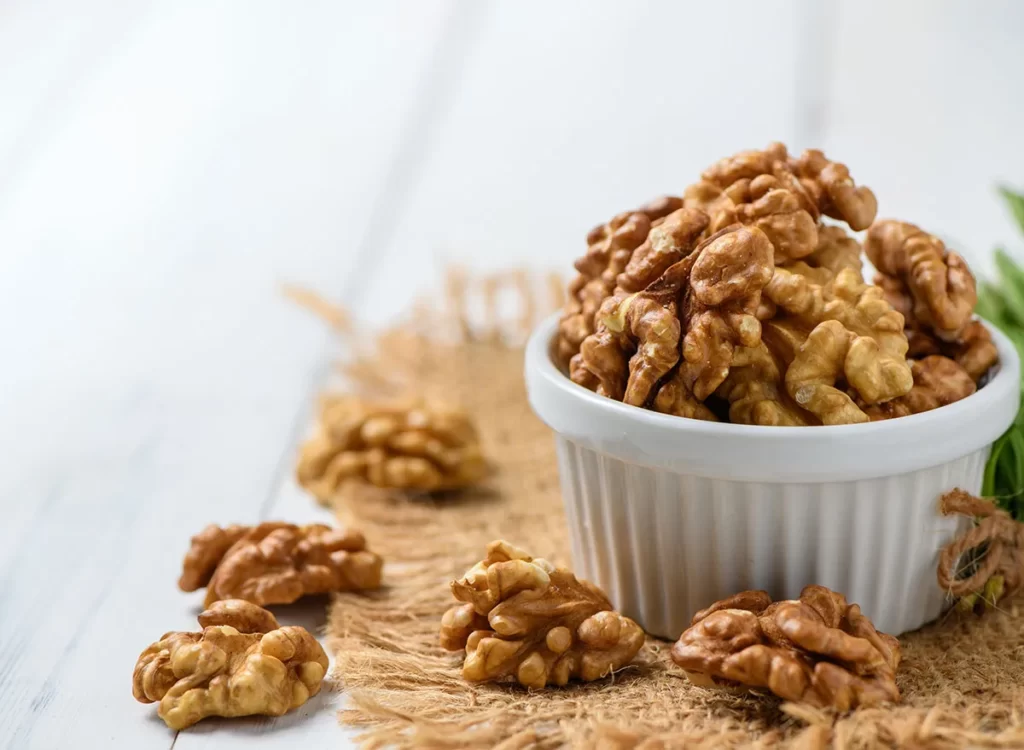
Touted for their heart-healthy omega-3 fats, walnuts can also help you reach your fiber goals if you eat about 2 cups each day. Sprinkle on cereals and salads or blend some into your smoothie.
Soybeans
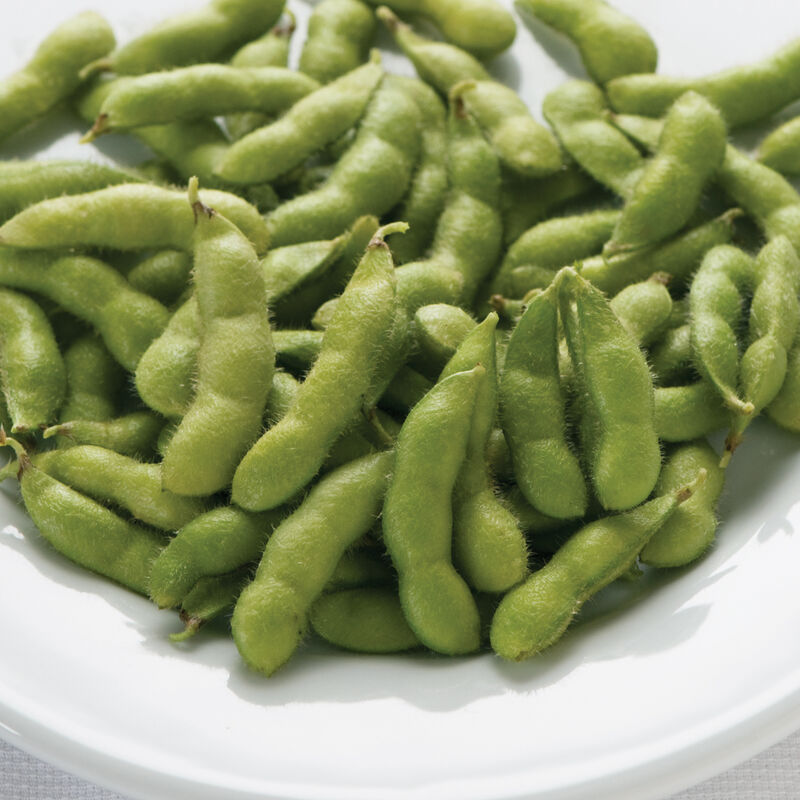
With 7.5 grams of fiber per cup, they offer modest amounts of fiber compared to other legumes. You’ll need about 3.5 cups of cooked soybeans to reach the daily recommended fiber intake. High Fiber Foods
Whole grain pasta
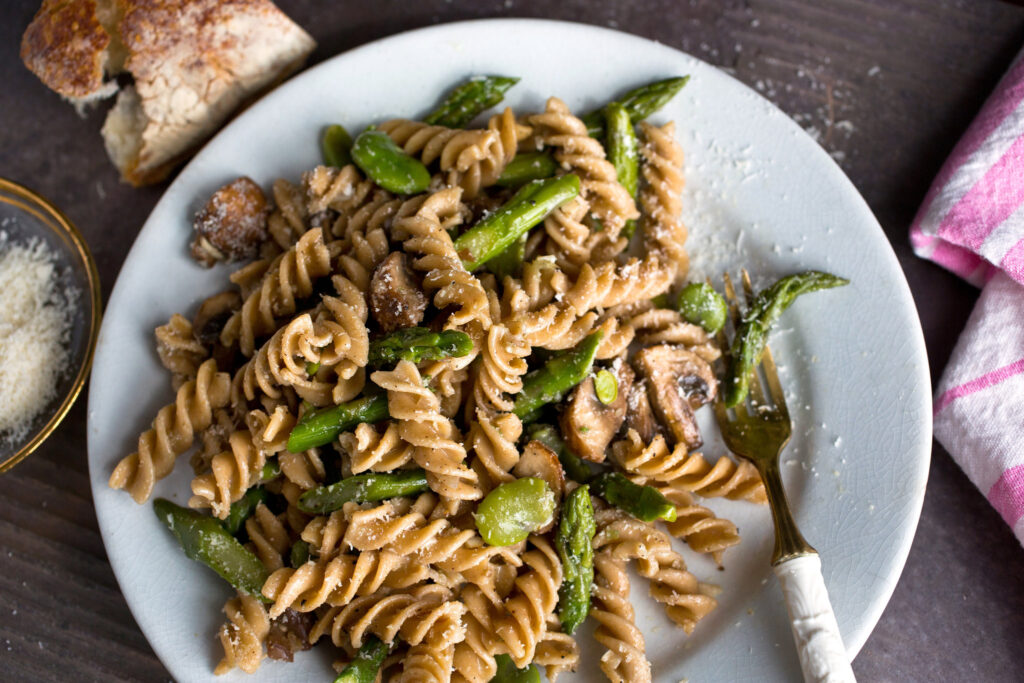
If you’re a pasta lover choosing whole grain varieties could add up to considerable fiber benefits. One cup provides 5.46 grams of fiber, more than twice that of white pasta. To reach your daily recommended fiber intake, you’ll need about 5 cups of cooked whole grain pasta, which could take up a big portion of the recommended amount of carbs or other nutrients. High Fiber Foods
Green peas
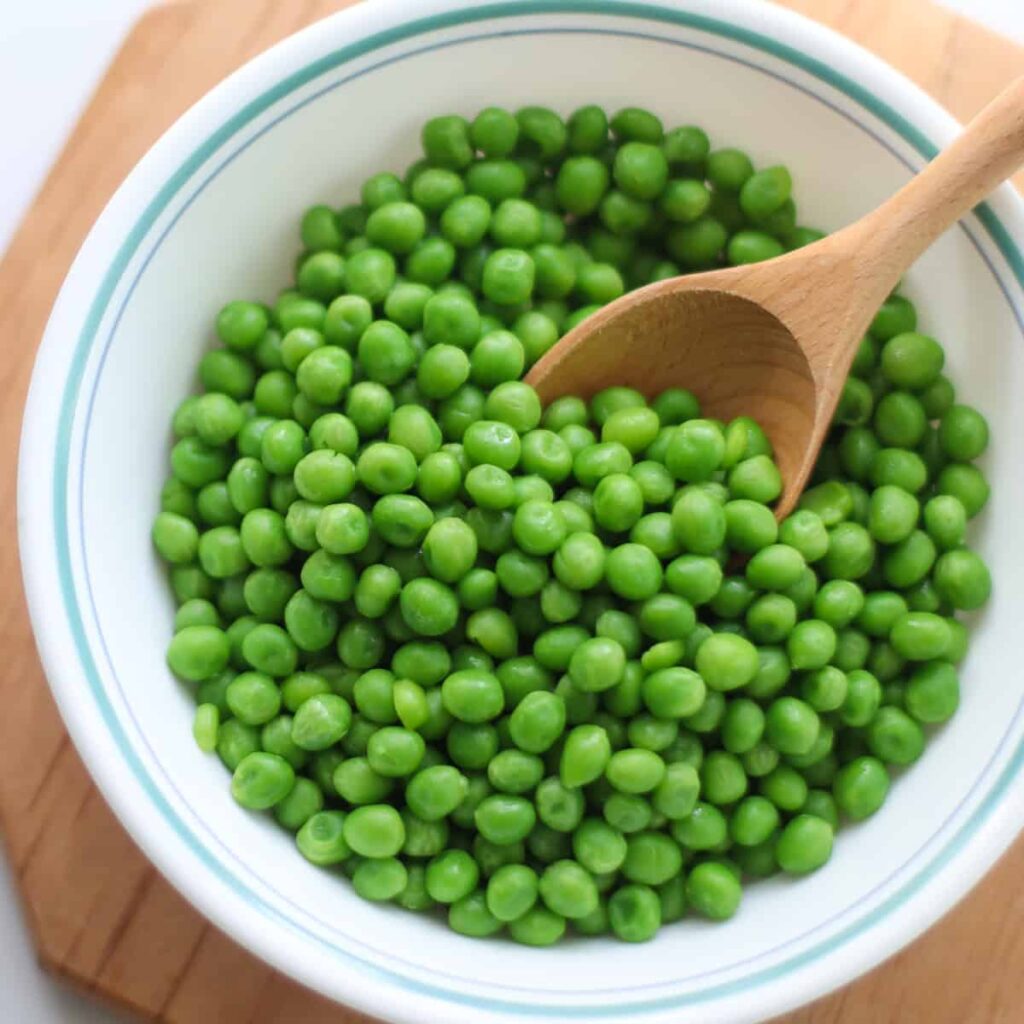
With 9 grams of fiber per cup, help yourself to bigger helpings to add more fiber to your diet. You’ll need about 3 cups of green peas to get the daily recommended fiber intake. Flavorful and healthy, green peas are a great source of iron, manganese, and vitamins A and C. High Fiber Foods
High Fiber Foods For Kids
Here are eight of the best sources of fiber for your child:
Split Peas
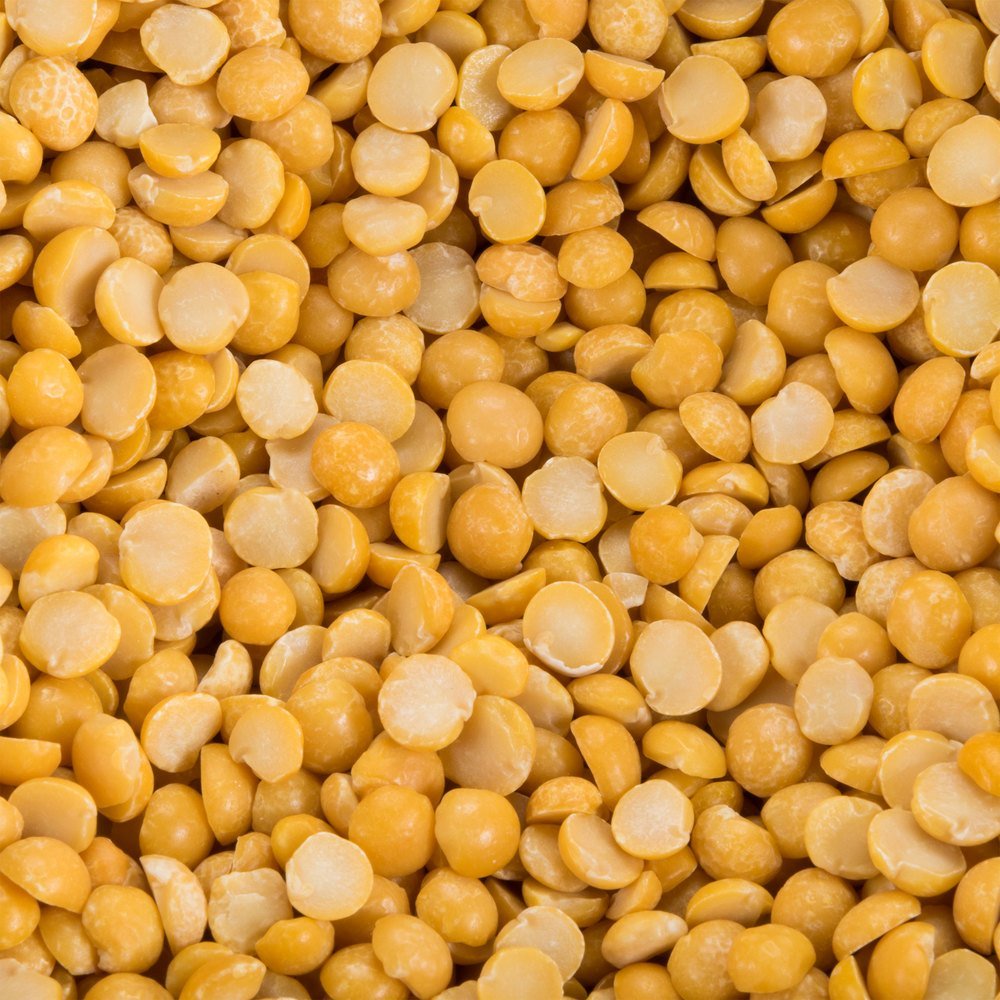
Peas are an excellent, affordable vegetable that are packed with fiber. Just one cup of boiled split peas contains as much as 16 grams of fiber, making it one of the highest fiber foods available. High Fiber Foods
Lentils
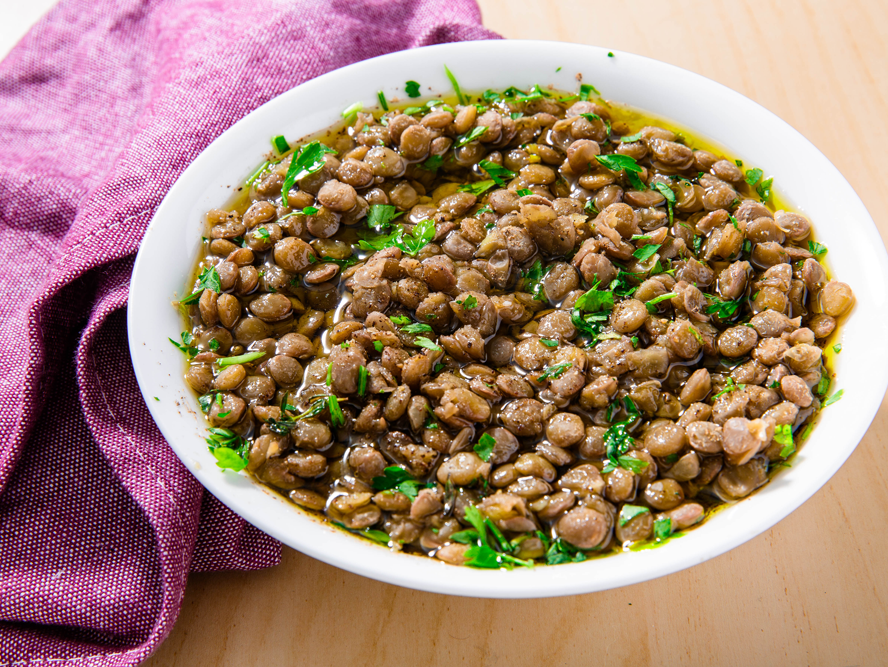
A cup of boiled lentils contains 15.5 grams of fiber, making them an excellent addition to your child’s diet. Lentils are also an important source of plant-based protein, and they’re versatile enough to accompany many different dishes. High Fiber Foods
Black Beans
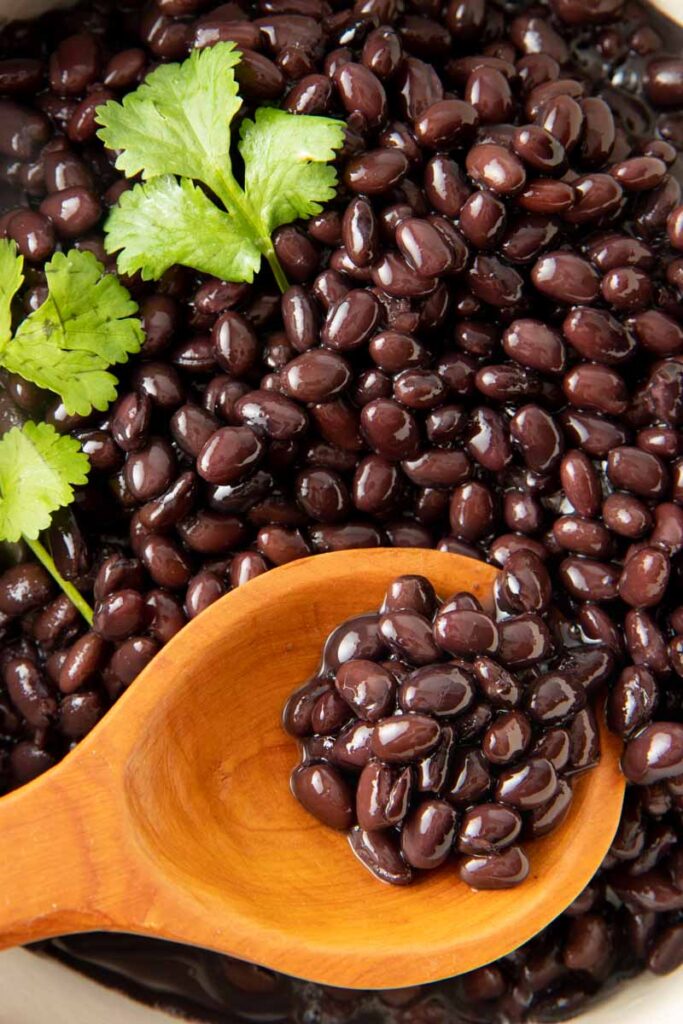
Black beans are one of the most popular and well-known high-fiber foods, containing as much as 15 grams of fiber per cup. They’re high in protein like lentils, but are also important sources of folate, which promotes cellular growth. High Fiber Foods
Sweet Potato
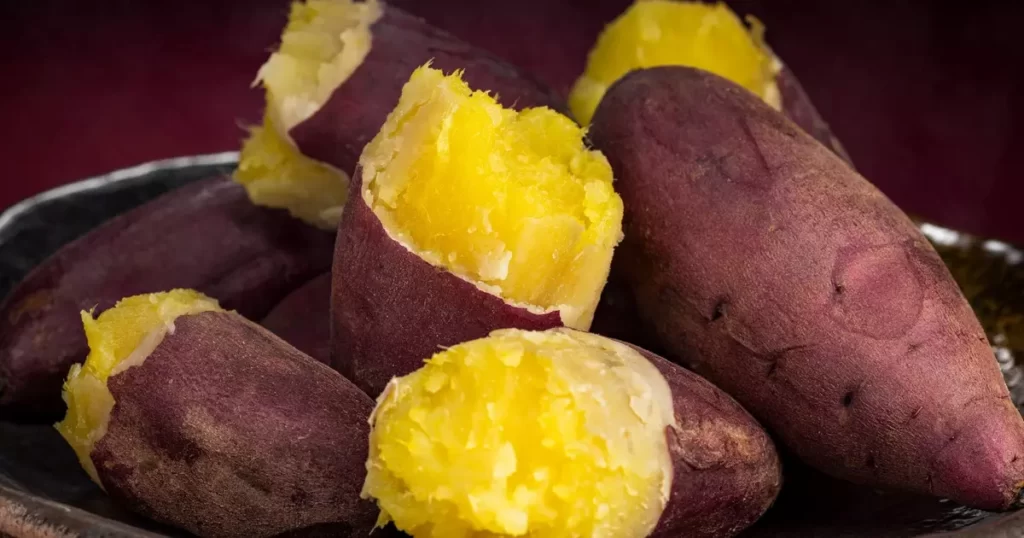
Sweet potatoes are a popular, high-fiber alternative to ordinary potatoes. A medium-sized sweet potato has 3.3 grams of fiber. They’re also a rich source of vitamin A, which is needed for good eye health. High Fiber Foods
Bananas
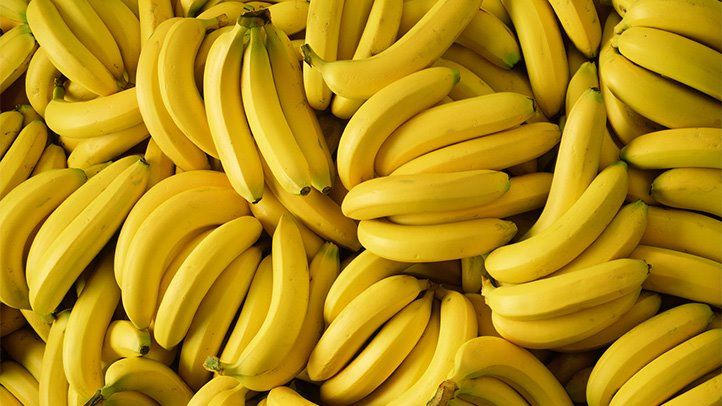
Bananas are very popular among children, and they also have many health benefits. One medium-sized banana has 3 grams of fiber, and they’re also great sources of potassium, which helps maintain healthy blood flow. High Fiber Foods
Oatmeal
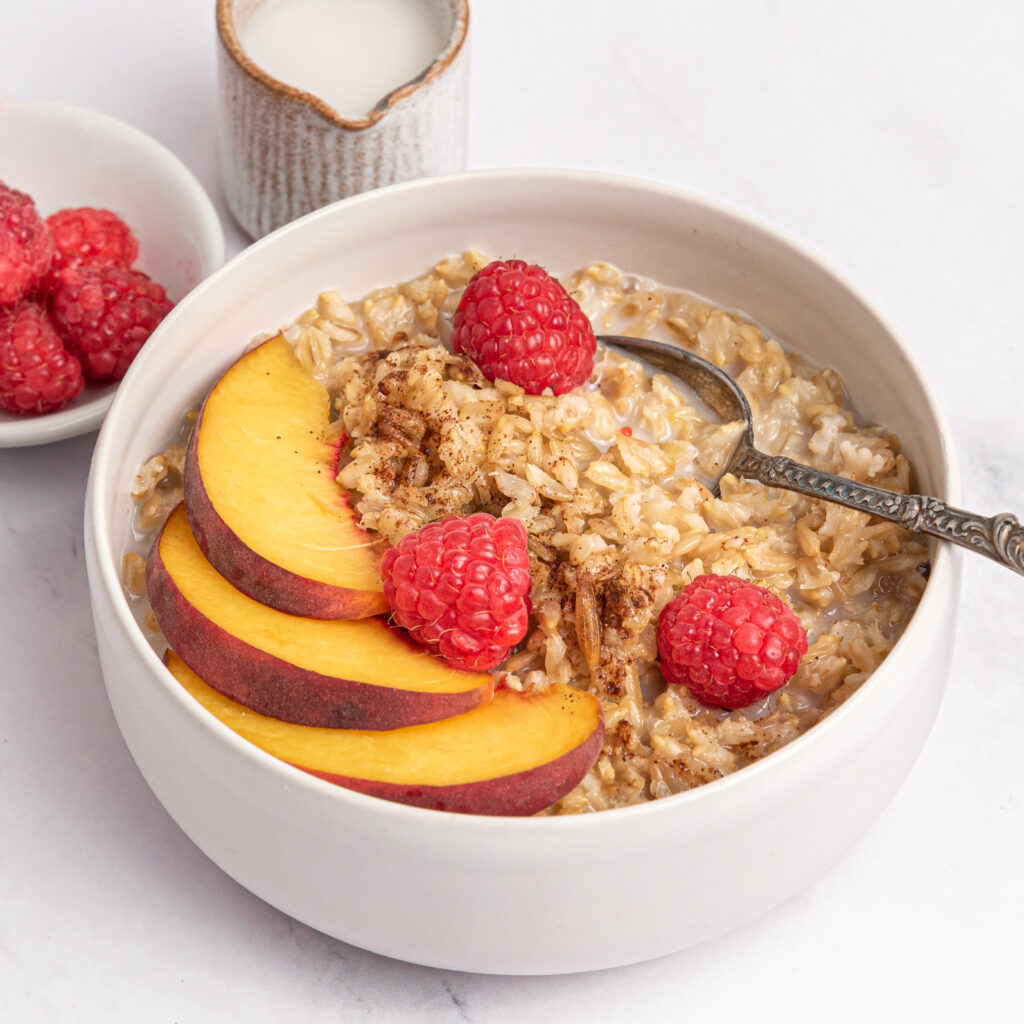
Start your child’s morning off right with a bowl of oatmeal. This yummy stuff includes about 4 grams of fiber per cup (cooked). You can make it a kid favorite by adding things like cinnamon, maple syrup, and raisins. High Fiber Foods
Carrots

Sure, carrots are a vegetable and plenty of kids scoff at vegetables. But bake some mini carrots with cinnamon, and you have a tasty treat with 2.9 grams of fiber in every 1/2 cup. High Fiber Foods
You Might Like-
Visit Our Online Shop Website- WWW.CEYLEBRITY.COM
Ceylebrity Sinhala News And Articles- WWW.CEYLEBRITYNEWS.LK
Knowledge World Blog- WWW.KNOWLEDGEWORLD.BLOG
Share
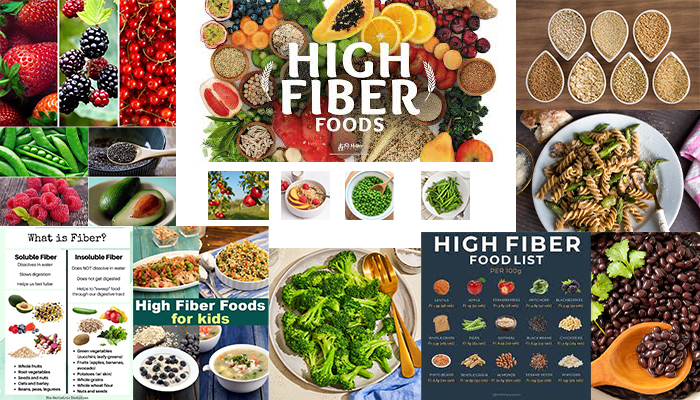
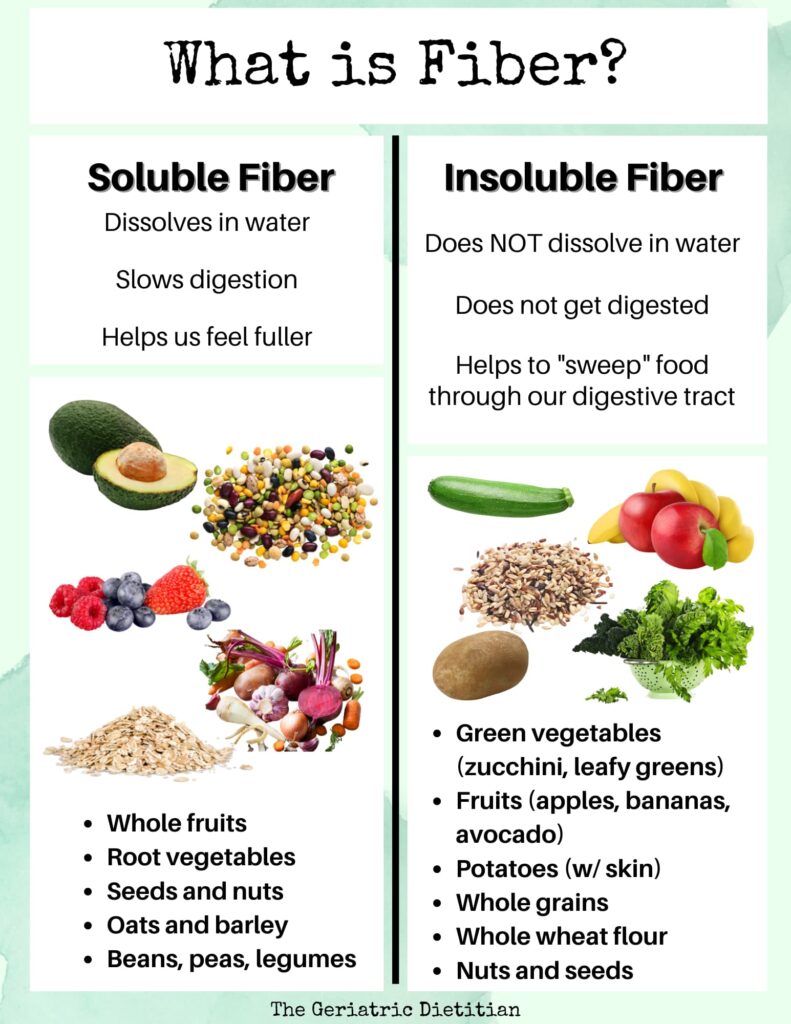
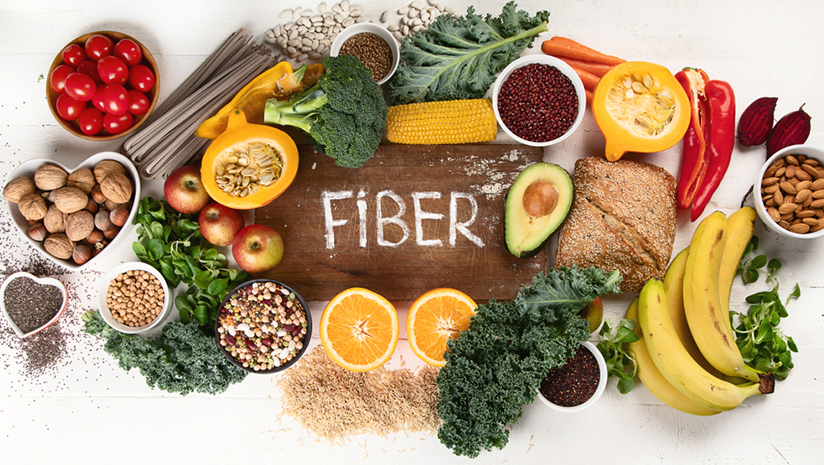
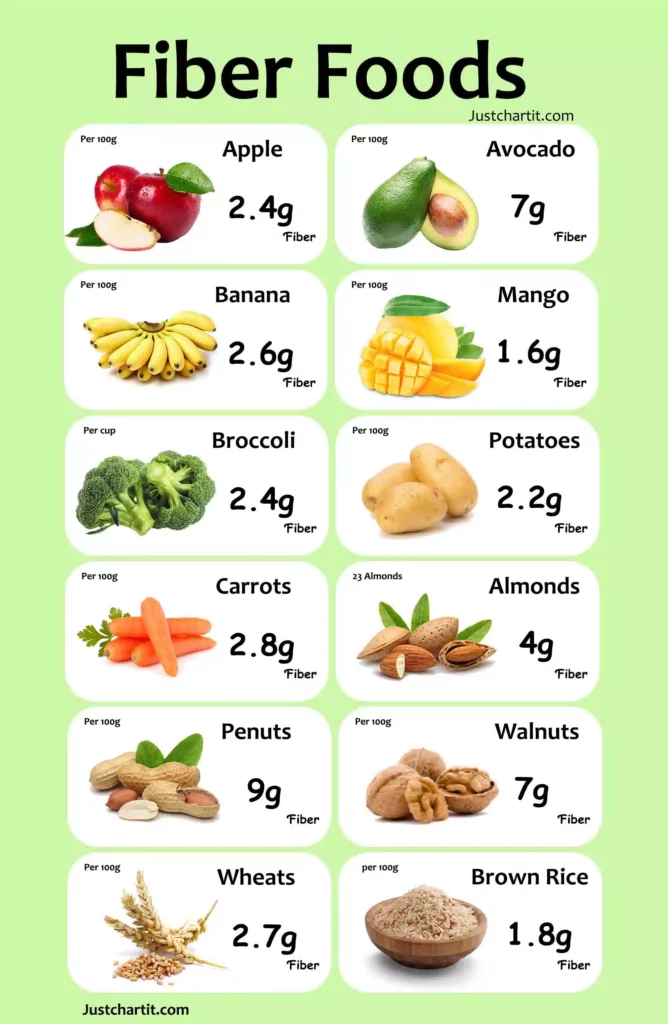




cheap generic amoxicillin – amoxicillin generic amoxicillin ca
male erection pills – https://fastedtotake.com/ buy pills for erectile dysfunction
buy deltasone 5mg generic – corticosteroid cost deltasone
oral meloxicam 7.5mg – tenderness order mobic sale
coumadin 5mg without prescription – coumamide.com losartan 25mg generic
esomeprazole ca – https://anexamate.com/ order esomeprazole 40mg
buy clavulanate pills – atbioinfo ampicillin usa
order azithromycin 500mg without prescription – bystolic brand order nebivolol 5mg online cheap
amoxil over the counter – order amoxicillin pill order combivent online
order domperidone 10mg pill – buy generic cyclobenzaprine 15mg flexeril pills
rybelsus where to buy – purchase rybelsus online cheap periactin 4 mg for sale
I don’t think the title of your article matches the content lol. Just kidding, mainly because I had some doubts after reading the article.
order zithromax 250mg online – buy metronidazole 200mg for sale order flagyl 200mg without prescription
With thanks. Loads of expertise!
I couldn’t turn down commenting. Warmly written!
I don’t think the title of your article matches the content lol. Just kidding, mainly because I had some doubts after reading the article.
buy modafinil 200mg sale order modafinil 200mg generic buy provigil 100mg generic buy cheap modafinil purchase modafinil provigil 200mg uk oral modafinil 200mg
valtrex for sale online – valacyclovir 1000mg uk diflucan 100mg uk
buy ondansetron generic – simvastatin 10mg cheap purchase simvastatin online
mobic pills – order generic tamsulosin 0.2mg tamsulosin 0.2mg brand
nexium 40mg without prescription – buy topiramate 200mg sale buy imitrex
levaquin sale – zantac 150mg uk how to buy ranitidine
buy motilium medication – tetracycline order online flexeril us
acyclovir 800mg oral – order acyclovir 400mg online buy crestor tablets
cytotec 200mcg canada – diltiazem 180mg ca order diltiazem sale
order desloratadine 5mg online – dapoxetine cheap dapoxetine 90mg us
buy medrol medication – brand triamcinolone triamcinolone 10mg drug
prilosec 20mg pill – order lopressor 100mg generic order atenolol 50mg sale
cenforce 100mg cheap – order metformin online cheap buy glucophage 1000mg without prescription
buy lipitor 80mg – purchase atorvastatin online cheap purchase lisinopril
cheap viagra 100mg – cialis 5mg uk order tadalafil 40mg without prescription
order cialis 10mg – order viagra 50mg viagra over the counter
Thanks for sharing. I read many of your blog posts, cool, your blog is very good.
order rybelsus 14mg pill – levitra generic buy periactin 4 mg generic
purchase amoxiclav generic – buy nizoral no prescription cymbalta 40mg ca
Your article helped me a lot, is there any more related content? Thanks!
buy augmentin 1000mg sale – buy augmentin 1000mg pills order cymbalta 20mg without prescription
brand lasix 40mg – furosemide us betnovate 20 gm sale
cheap neurontin sale – clomipramine generic buy generic itraconazole online
purchase prednisolone generic – order progesterone 100mg pills order generic prometrium 200mg
purchase azithromycin online – generic zithromax 250mg purchase bystolic without prescription
amoxicillin online – diovan 80mg without prescription where can i buy combivent
buy prednisone 10mg – deltasone drug buy captopril 25 mg without prescription
buy prednisone 10mg for sale – order generic nateglinide generic captopril 25mg
buy modafinil sale – where to buy epivir without a prescription combivir over the counter
valif pills smash – sinemet cheap sinemet price
buy indinavir no prescription – buy confido pills buy emulgel online
eriacta encourage – apcalis section forzest attempt
バイアグラジェネリック йЂљиІ© – バイアグラ е‰ЇдЅњз”Ё г‚·г‚ўгѓЄг‚№ гЃ®иіје…Ґ
гѓ—гѓ¬гѓ‰гѓ‹гѓійЂљиІ© – г‚ёг‚№гѓгѓћгѓѓг‚Їг‚ёг‚§гѓЌгѓЄгѓѓг‚Ї йЂљиІ© жЈи¦Џе“Ѓг‚ёг‚№гѓгѓћгѓѓг‚ЇйЊ гЃ®жЈгЃ—い処方
dostinex ca – order cabgolin online alesse order
buy estradiol 1mg online cheap – letrozole 2.5 mg canada order generic arimidex 1 mg
cheap norethindrone 5 mg – buy lumigan online cheap yasmin for sale online
cost alendronate 70mg – medroxyprogesterone online buy medroxyprogesterone 5mg without prescription
prometrium 100mg for sale – fertomid oral cheap clomiphene generic
buy generic capecitabine for sale – xeloda 500 mg tablet danocrine uk
zyban canada – generic shuddha guggulu cheap shuddha guggulu without prescription
modafinil for sale – modafinil oral where to buy melatonin without a prescription
buy crotamiton online – eurax drug order aczone
losartan pills – cephalexin 500mg tablet order keflex for sale
cleocin 150mg cost – cleocin uk indomethacin where to buy
clavulanate price – buy generic augmentin 375mg buy levothroid pill
order metronidazole 400mg online cheap – buy cenforce 50mg pill order generic cenforce
betnovate cheap – order betnovate 20 gm without prescription buy monobenzone paypal
permethrin medication – purchase acticin sale buy retin generic
order prednisone 5mg for sale – permethrin for sale online buy permethrin cheap
cheap isotretinoin – isotretinoin 40mg us deltasone buy online
omnicef 300mg canada – cleocin medication cleocin ca
buy trihexyphenidyl online – where can i purchase emulgel order diclofenac gel online
order periactin 4 mg pills – order cyproheptadine 4 mg sale where can i buy zanaflex
mobic medication – toradol tablet toradol 10mg price
brand baclofen 25mg – buy generic piroxicam for sale order feldene 20 mg pills
cheap voveran – isosorbide ca nimotop online
buy pyridostigmine 60 mg – pyridostigmine 60mg over the counter cheap imuran 50mg
where to buy rumalaya without a prescription – buy amitriptyline medication order amitriptyline 10mg
order diclofenac generic – cambia online buy order generic aspirin
buy mebeverine medication – pletal 100mg price buy cilostazol 100 mg generic
celebrex 200mg canada – order generic indocin indocin generic
oral probenecid 500mg – carbamazepine 400mg us how to get carbamazepine without a prescription
gabapentin generic – ibuprofen without prescription azulfidine online order
buy besivance cheap – sildamax over the counter buy cheap sildamax
purchase lasuna generic – cheap himcolin sale himcolin over the counter